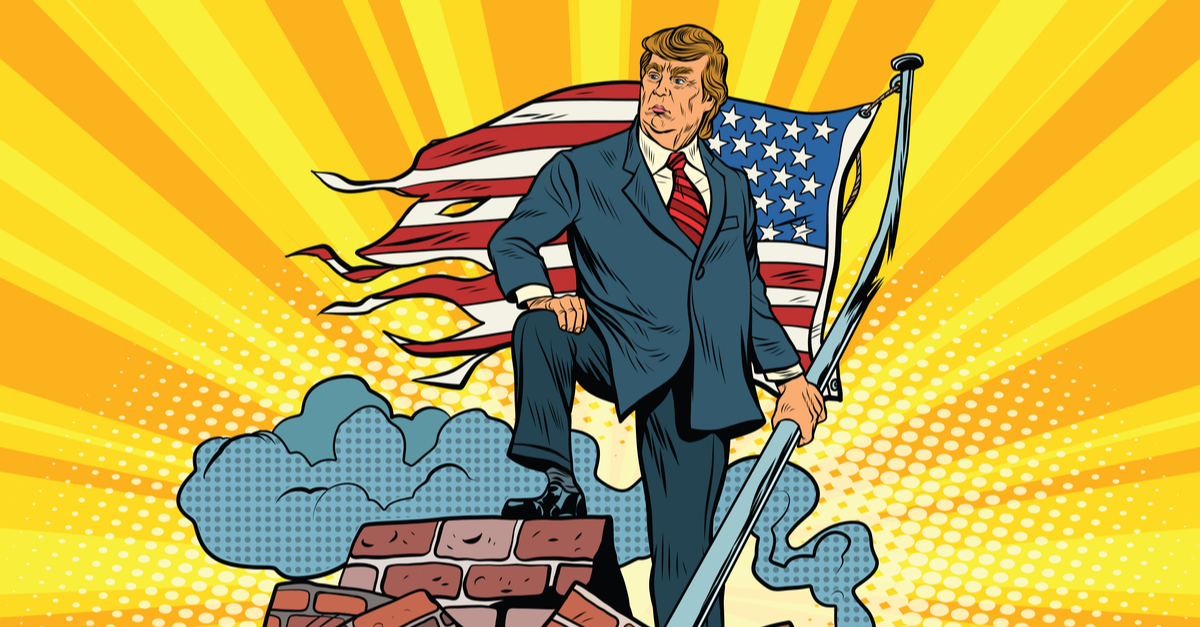Former President Donald Trump’s return to the political forefront signals a renewed focus on his trade agenda, characterized by a steadfast commitment to aggressive tariffs. With proposals to escalate tariffs on Chinese imports to unprecedented levels and impose significant tariffs on all US imports, Trump’s stance represents a continuation of his combative approach to trade.
While Trump has touted these tariffs as a means to safeguard the interests of American workers, recent research suggests a different narrative. A paper published by the Peterson Institute for International Economics paints a stark picture of the potential consequences, estimating that Trump’s proposed tariffs could exact a heavy toll on the US economy, costing consumers an eye-watering $500 billion annually. This amounts to 1.8% of the GDP, significantly surpassing the economic impact of the previous US-China trade war.
Of particular concern is the burden placed on middle-class households, projected to face an annual cost of at least $1,700 per household. Authors Kimberly Clausing and Mary Lovely, senior fellows at the Peterson Institute, caution that this estimate only scratches the surface, failing to account for the full extent of damage from foreign retaliation, slowed economic growth, and diminished competitiveness. The actual impact, they warn, could be far greater than initially anticipated.
“This is just the beginning,” remarks Clausing, highlighting the potential ripple effects as other nations respond to US tariffs, raising the specter of a protracted trade war with widespread repercussions.
In a somewhat ironic twist, President Joe Biden, despite criticizing Trump’s tariffs during his campaign, has largely upheld them, albeit with a more targeted approach. Biden’s recent decision to levy tariffs on select Chinese goods underscores the continuity in protectionist policies, albeit with a nuanced recalibration.
Treasury Secretary Janet Yellen’s call for international cooperation in addressing China’s economic practices underscores the broader implications of escalating trade tensions. However, concerns linger over the potential for retaliatory measures from other nations, exacerbating the economic fallout.
Despite bipartisan support for tariffs as a means of confronting China’s trade practices, economists warn of their deleterious effects. Moody’s projections suggest that even with mitigating measures, Trump’s tariffs could precipitate job losses and exacerbate inflation, casting a shadow over the economic recovery.
Furthermore, doubts loom over the revenue generated by these tariffs, with the Peterson Institute research indicating a shortfall in funding to sustain Trump’s tax cuts. This raises questions about the long-term fiscal sustainability of Trump’s trade policies. As the debate over tariffs rages on, one thing remains clear: tariffs are poised to remain a cornerstone of US trade policy, irrespective of the election outcome. With bipartisan consensus on the need for a tough stance against China, the path forward for US trade relations appears fraught with uncertainty, amidst economic headwinds and geopolitical tensions.









